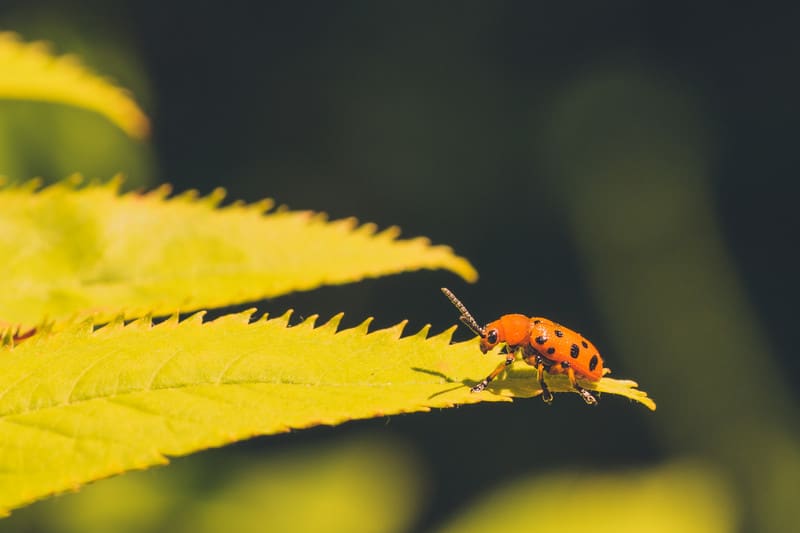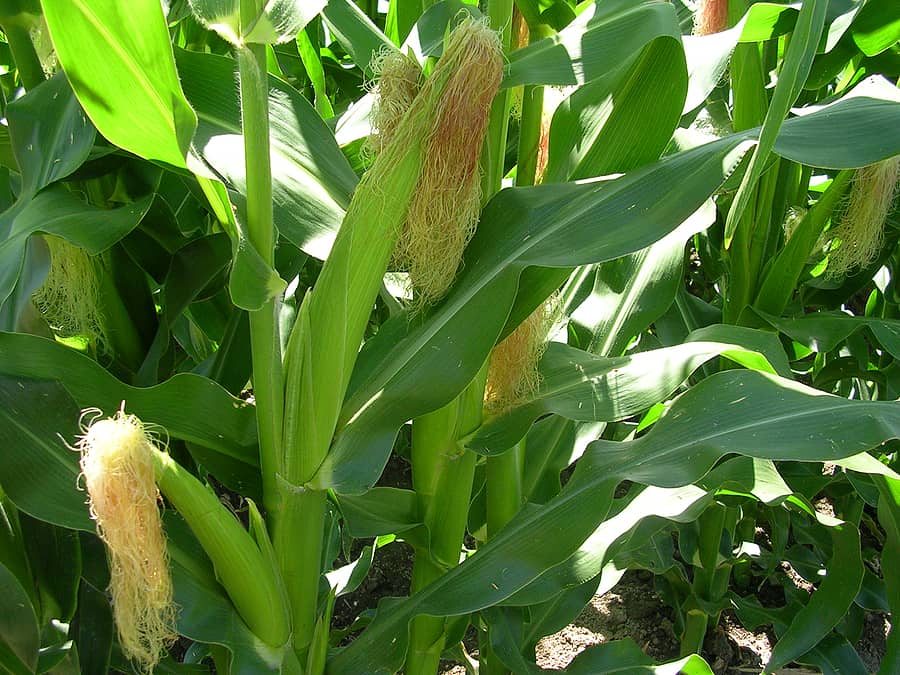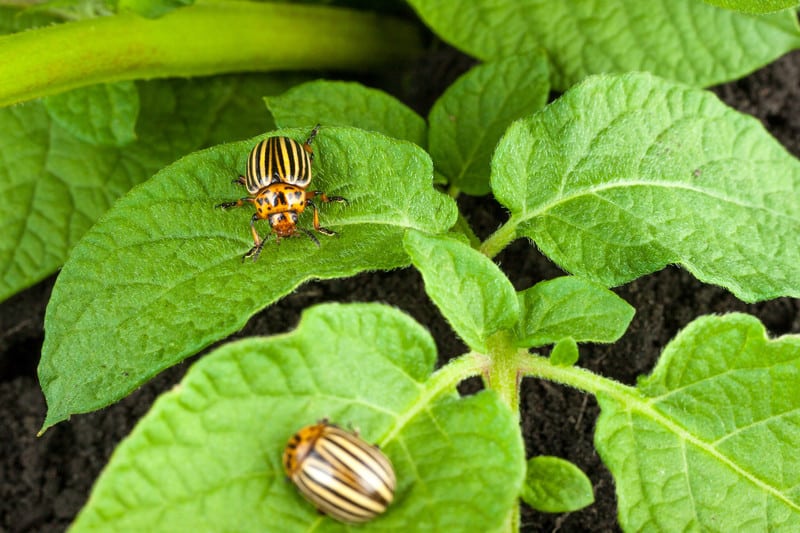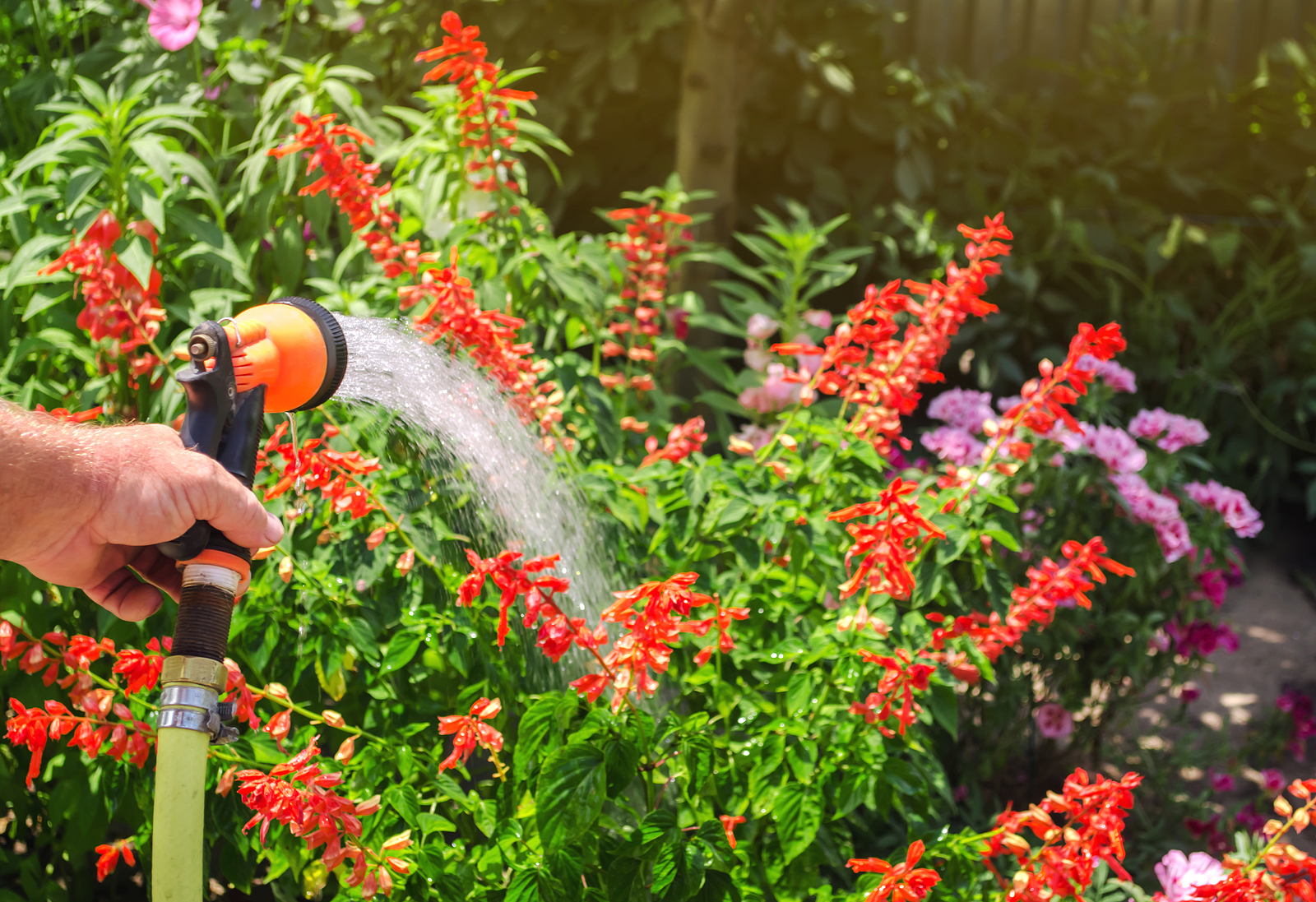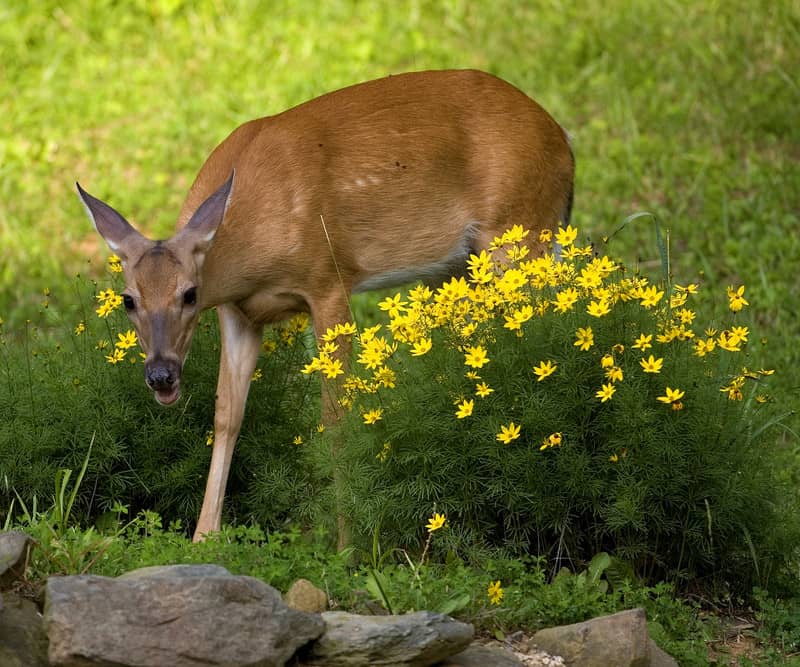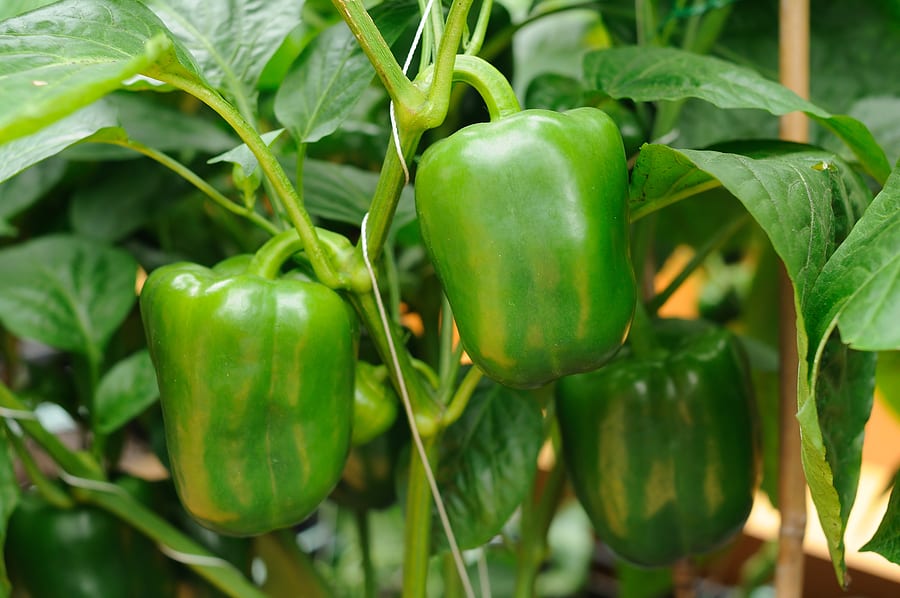Asparagus Beetle Organic Pest Control
The common asparagus beetle adult is a shiny, elongated blue-black beetle with a reddish-brown thorax and four cream-colored spots surrounded by a red border on the wing covers. The adult asparagus beetle is ¼-inch long. The larva is a greenish-gray, wrinkled, humpbacked grub with a dark head about ⅓-inch long. Common asparagus beetle adults and […] More

